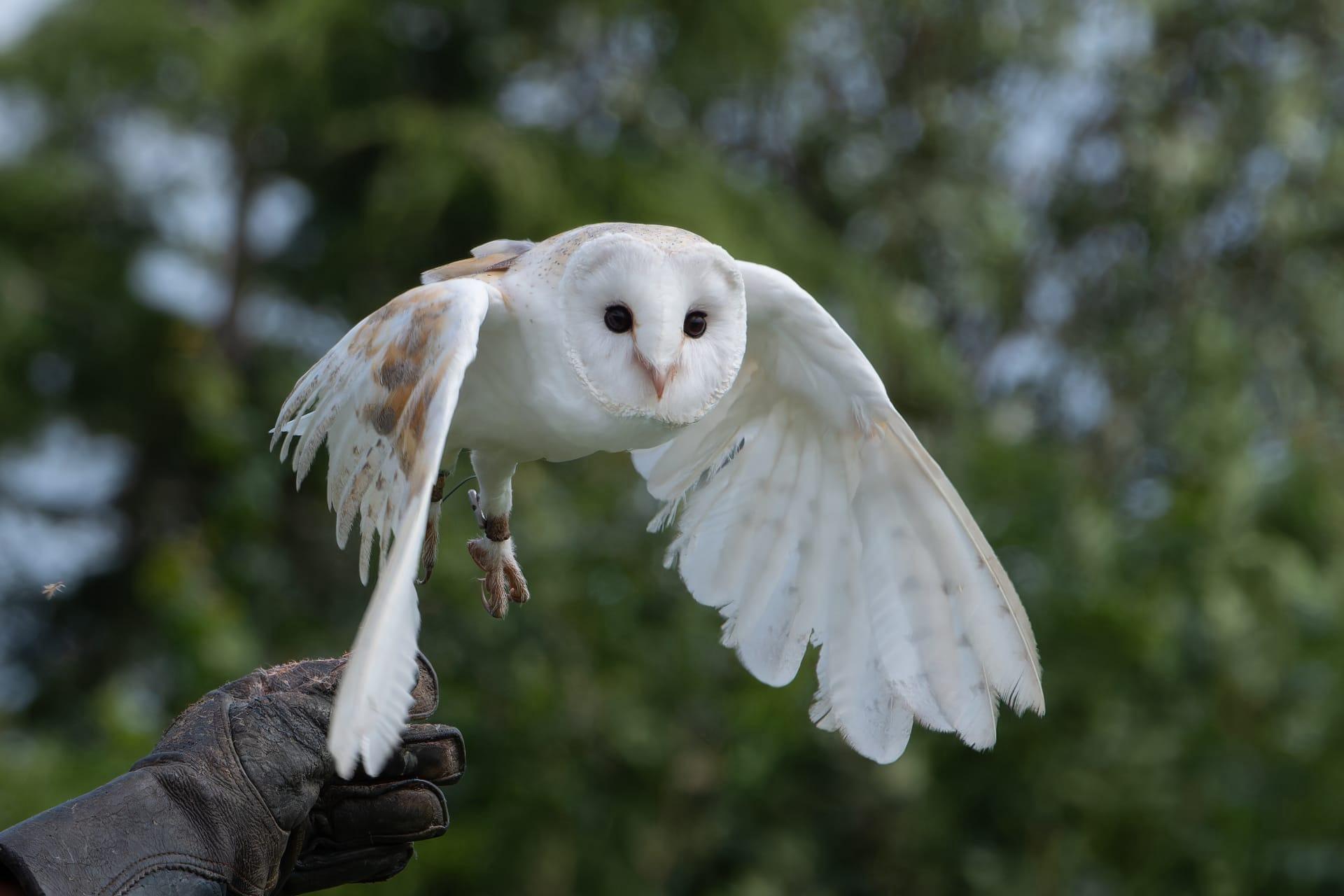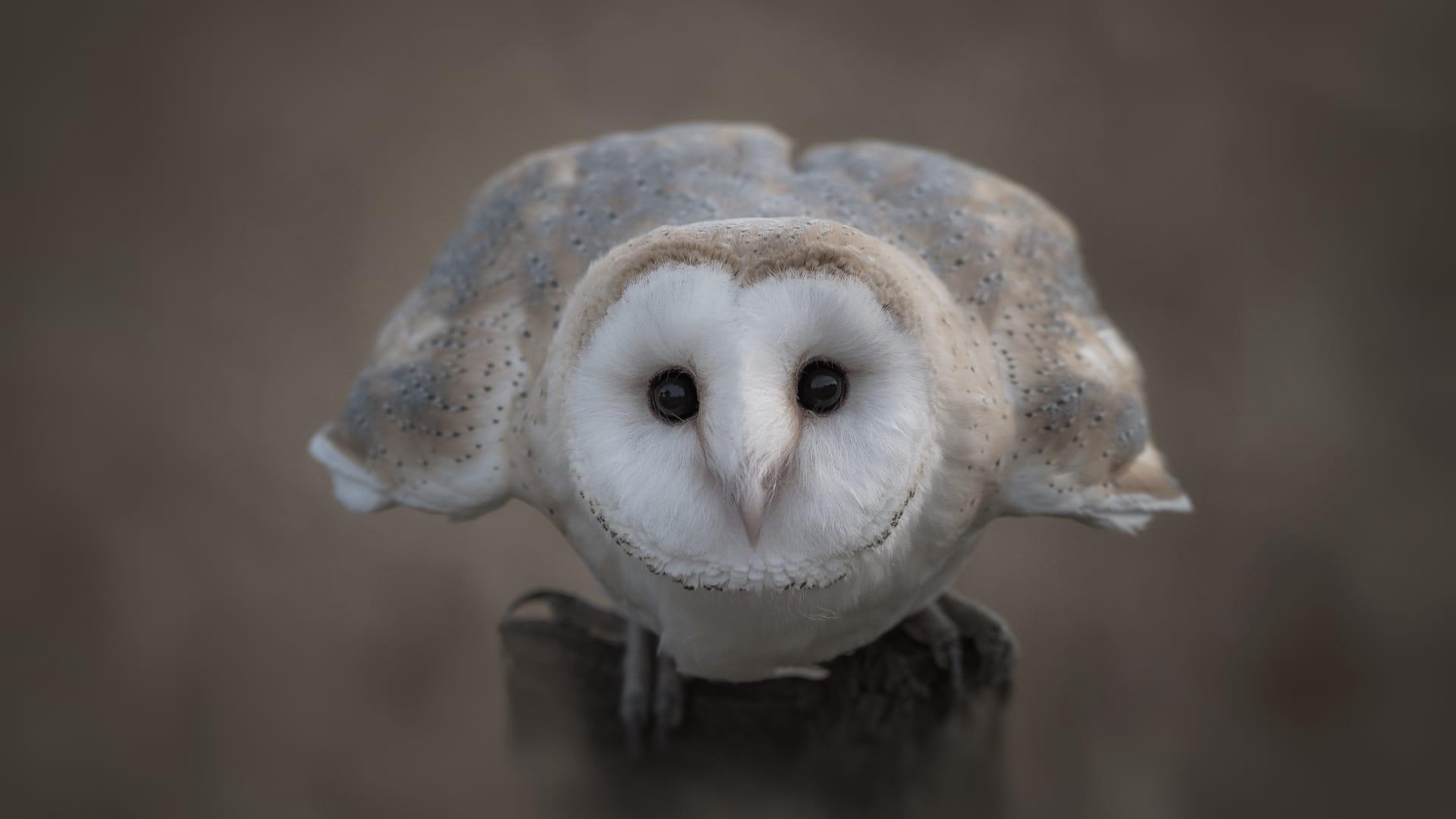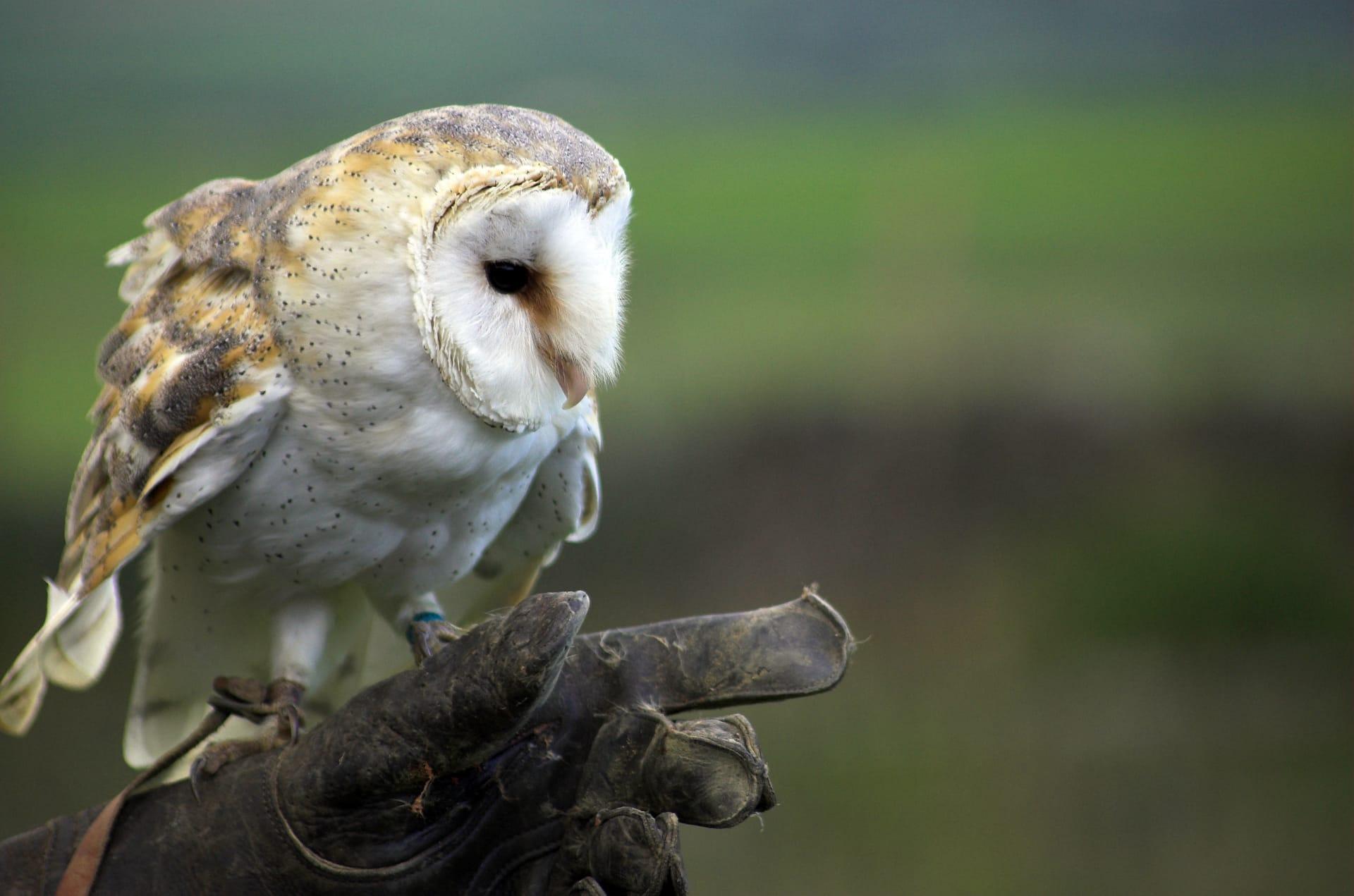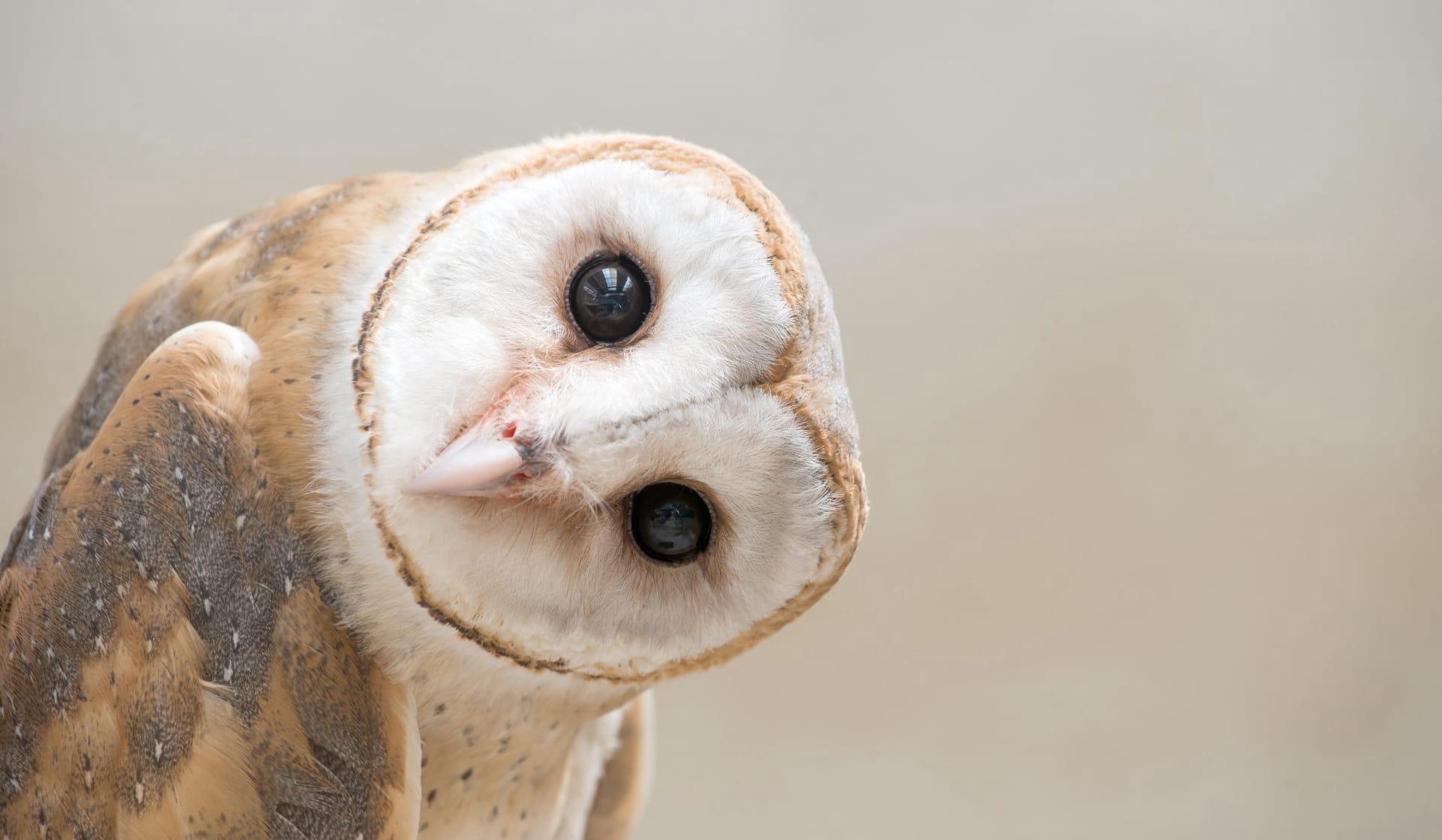Barn Owl Characteristics
- Home /
- Mini Encyclopedia /
- Animal /
- Barn Owl Characteristics
1
The Barn Owl, a fascinating bird, stands out with its heart-shaped face, long legs, and short tail. Adult Barn Owls typically weigh between 430 to 620 grams, with a wingspan stretching around 80 to 95 centimeters. These creatures aren't very hefty but are quite broad-winged for their size. Their lifespan in the wild averages 4 years, although in captivity, they can live up to 20 years, highlighting the impact of environmental factors on their longevity.
One of the most extraordinary organs of a Barn Owl is its hearing apparatus. Barn Owls have an asymmetrically set pair of ears – one ear is higher than the other. This unique arrangement, combined with a facial ruff that directs sound to their ears, enables them to pinpoint the exact location of their prey, even in complete darkness. Their hearing is so precise that a Barn Owl can catch a mouse in pitch-black conditions just by sound!

2
Question: Why do Barn Owls screech instead of hooting like other owls?
Answer: The eerie screech of the Barn Owl is indeed quite different from the hooting of other owl species. This distinct sound, often described as a long, harsh scream, serves as a communication tool among Barn Owls. It's used mainly for declaring their territory and attracting a mate. The screech's high pitch and sharp quality make it carry well over long distances, an essential feature in the open habitats like fields and farmlands where these owls thrive.

3
Barn Owls are masters of silent flight, a skill essential for their nocturnal hunting. Their feathers are uniquely structured to reduce flight noise. The leading edge of their wings has a serrated design, which breaks up the turbulence into smaller currents, drastically reducing sound. Their soft, velvety feather surface further muffles any noise, allowing them to glide silently and undetected by their prey.
In terms of hunting, Barn Owls are primarily nocturnal, using the cover of night to hunt for small mammals, mainly rodents. They fly low over fields, using their exceptional hearing to detect prey. Once a prey is located, they swoop down quickly and use their sharp talons to capture it. Their diet primarily consists of voles, mice, and shrews. Interestingly, a single Barn Owl can consume about 1,000 mice annually, making them valuable for controlling rodent populations in agricultural areas.

4
Barn Owls prefer open landscapes like fields, meadows, and agricultural areas for their habitat. They are also found in marshes, along riverbanks, and in urban fringes. These locations provide ample hunting opportunities and a favorable environment for nesting. Barn Owls typically nest in hollow trees, old buildings, and barns, hence their name. They are highly adaptable and can be found in various regions, except for polar and desert extremes.
When it comes to reproduction, Barn Owls are monogamous and often mate for life. They breed once or twice a year, with the breeding season varying depending on the local climate. A female Barn Owl lays between 2 to 18 eggs per clutch, averaging around 5. The eggs are incubated primarily by the female for about 29 to 34 days. Once hatched, the chicks are dependent on both parents for food and care and leave the nest after about 50 to 70 days, ready to start their independent life.

5
Book: "The Barn Owl: Guardian of the Countryside" by David J. Tipling. This book, set in the UK and published in the early 2000s, offers a comprehensive overview of the Barn Owl's life. Tipling, an acclaimed wildlife photographer and author, blends stunning photography with detailed insights into the behavior, habitat, and conservation of these captivating birds. The book delves into their role in agriculture and the challenges they face in the modern world.
Book: "Barn Owls: Predator-Prey Relationships and Conservation" by Iain Taylor. Published in the late 1990s in Canada, this book takes a more scientific approach. Taylor, a renowned ornithologist, examines the intricate relationships between Barn Owls and their prey, particularly in North American contexts. The book also discusses the impact of human activities on Barn Owl populations and outlines strategies for their conservation, making it a valuable resource for both scientists and conservationists.